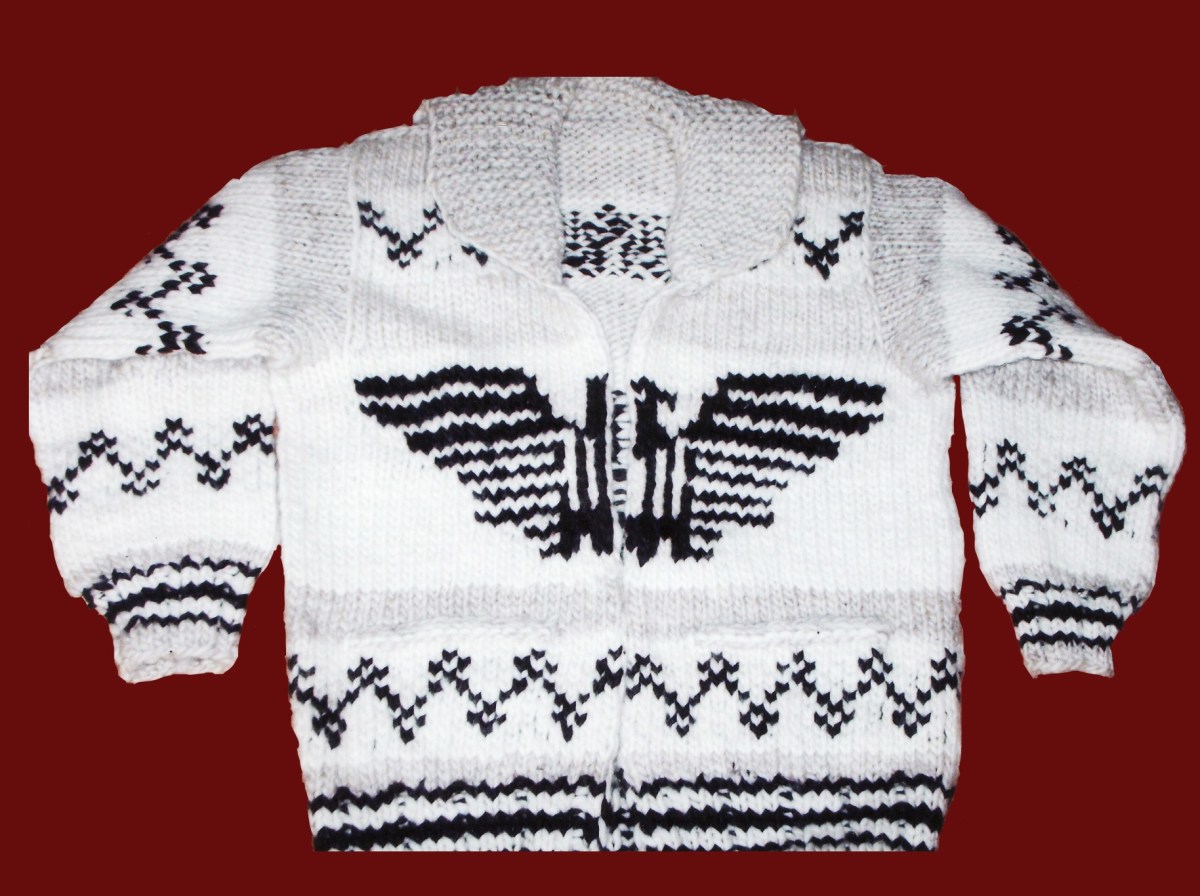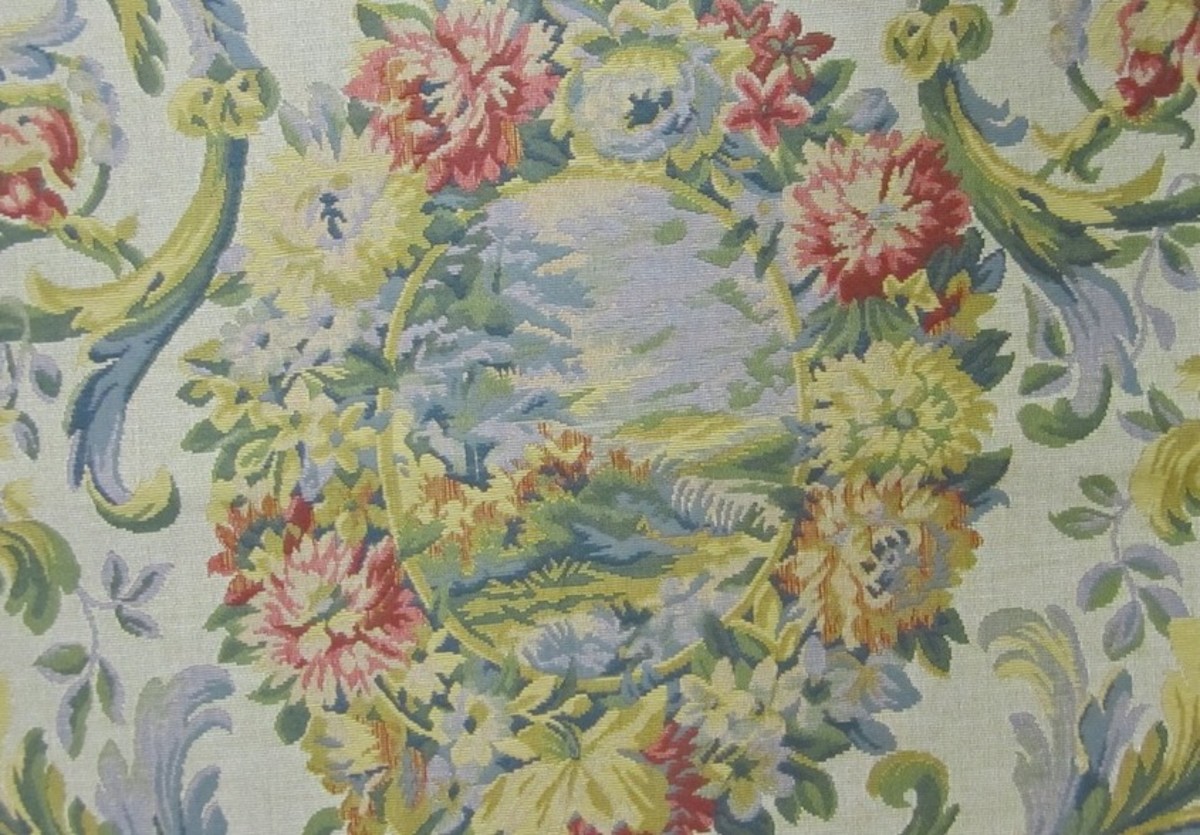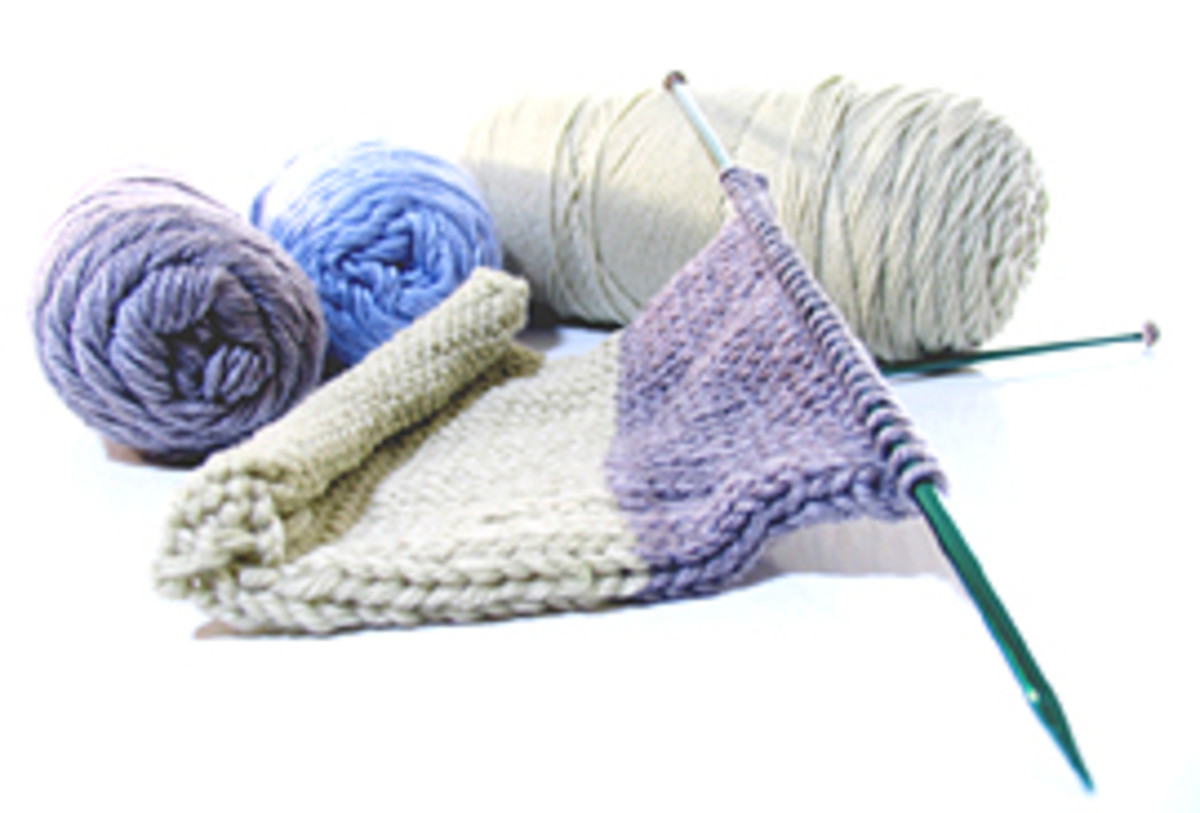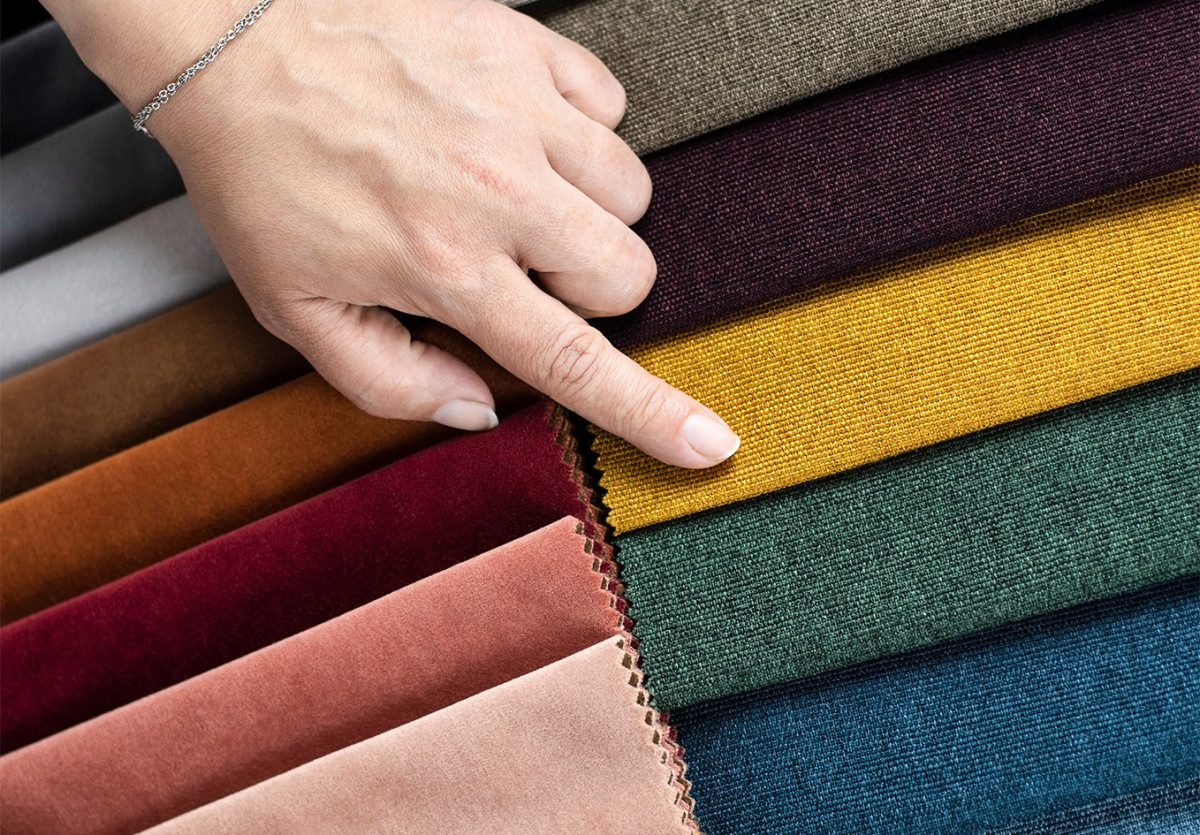Wool


Introduction
Wool is a fiber which is obtained from live stocks like goat , sheep, came lids and many other domesticated animals. The fiber grows naturally on the livestock and is different from fur, hair, horn and other natural growths. Wool has distinct qualities like elasticity and crimples. Small cells present in the skins of domesticated animals called follicles produce wool. Follicles are present in the epidermis layer of the skin and as wool starts growing the follicles begin to move to dermis layer. The wool produced by the follicles are differentiated into three types of varieties called Kemp, true wool fibers and modulated fibers. Wool qualities like crimp and elasticity help in spinning the sheared wool into attached fibers. Wool fibers hold air between them and air acts as an insulator. Woolen cloths are made or designed on this property of wool in deserts and cold areas. Other insulating materials for use are also prepared from wool due to its high specific heat coefficient. Wool has microscopic fibers which entangle in each other and this is called felting.
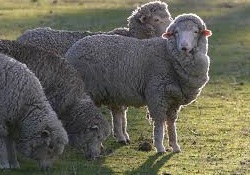
Varieties
Fineness of wool is a sought after quality which depends on the crimps per inch of wool fibers. Merino wool is considered to be a very fine quality wool which has crimps numbering around one hundred per inch. Kemp is used to produce many products like quilts, sweaters, woolen fabrics and tweed cloth. The amount of wool or yarn that can be produced extracted from Kemp varies from one breed of animal t another. The finesse of wool or felting decides the type of material that can be produced from the yarn. Wool fibers have minute air pockets that absorb liquids and sound waves. Wool trimmed from domesticated animals have a wide range of colors like white, light yellow, brown and black. Wool comes in many other colors and is used to make fibers as it does not catch fire easily. If wool fibers does get ignited the burns at a very low rate which extinguishes the fire and stops the flames from spreading. These qualities of wool are used to make fireproof materials. When wool is burned, very few harmful gases are emitted and this makes woolen cloths and carpets very popular in places where safety is required. Wool is used in coatings in trains, aircraft and vessels due to its low rate of combustion and low amount of heat release during ignition. To protect firemen from the burning sensation of fire, woolen fabrics are used. Wool causes allergies in few cases. Wool fibers are separated into different classes of fiber which are classified on the basis of length, thickness, strength, color and comfort of the fibers. Shearing of wool has many steps. Domestic animals are given an antiseptic bath after wool is sheared off the livestock to keep it healthy. The shred wool contains a lot of other substances like lanolin which is used in waterproofing and cosmetics. The sheared wool contains pesticides and many other impurities. The fleece extracted is washed in warm water and detergent is used to wash off impurities from wool. Carbonation is used to remove organic matter. Wool is used primarily to make sweaters and other insulating materials. Wool is obtained from sheep for the last ten thousand years and its use spread throughout the world with time. Merino wool, comeback wool, downs, rugs wool are few varieties of wool.
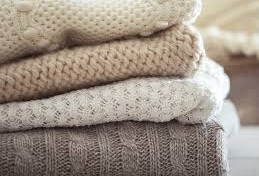
Uses
Australia and New Zealand produce the finest quality wool in the world. Australia, China, United States and New Zealand are the largest producers of worldwide. Organic wool is a popular variety of wool in the world and it is of very fine quality. Wool owners choose between three options to sell woolen fabrics. Wool is sold in auction markets according to the quality of the bundle. Online portals and private negotiations are also used to sell wool. Recycled wool is prepared from mixing fresh wool with raw or used woolen fibers and cotton. The wool obtained by this method is of lower quality than finer wool and the recycled wool yarn is used to make weft coatings. Rag wool is a quality of woolen fiber from which gloves are made. They are generally coarse in nature. Worsted wool is combed wool which has a hard surface and is used to make coats and trousers. Woolen fiber is another quality of carded wool which is used to make sweaters. Woolen shirts, woolen pants, woolen baby clothes, suits, socks , shawls, blankets and woolen robes are made by using wool yarn. Rugs, carpets, insulating materials, sweaters, blazers and felt are also made using wool. Gloves for piano hammers are also made using wool yarn. Wool air pockets absorb smells and noise and so heavy machinery and speakers makers use wool fibers. Wool is also used in protective gears. Wool fiber can attract as well as repel water and is used to make baby diapers. Wool is used as a fertilizer as it is a protein and wool slowly release nitrogen in soil. Merino wool is used to make baby wrap blankets. Lanolin used on wool enhances its properties of waterproofing and is used to make water resistant coatings.

